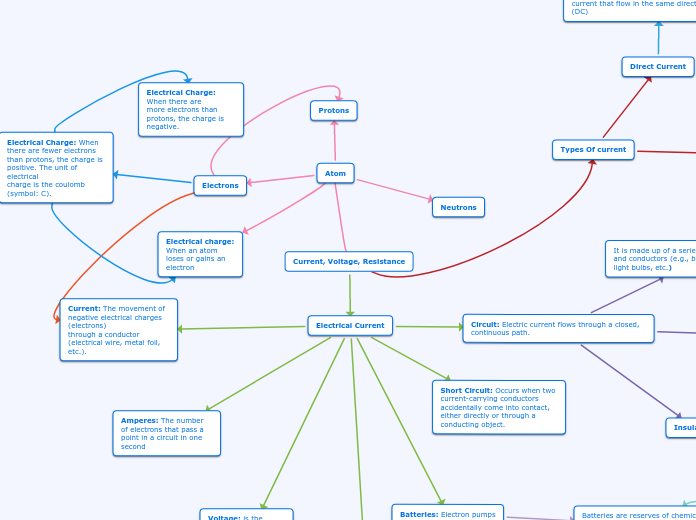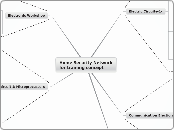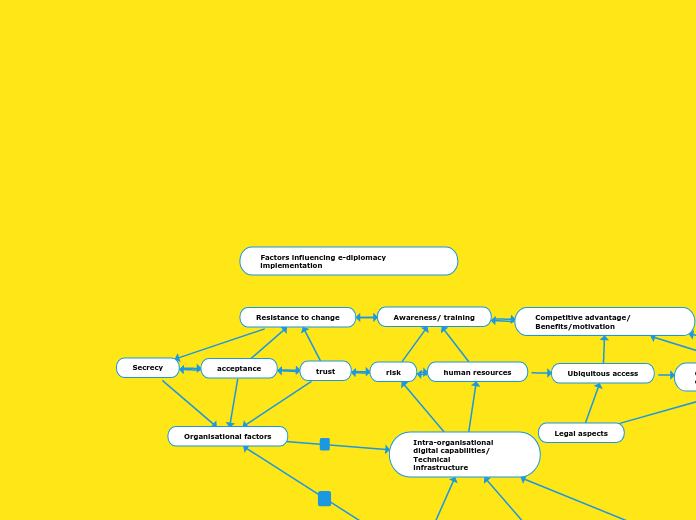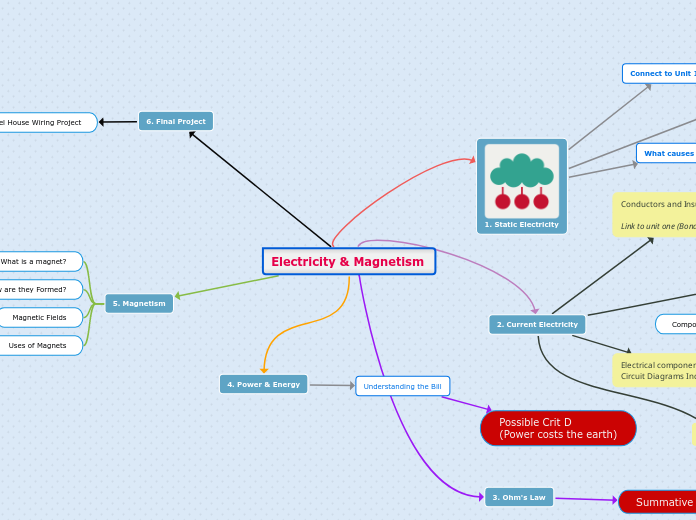por Miah Laster 5 anos atrás
454
Current, Voltage, Resistance
Electricity involves the flow of electrons through a conductor. This movement, called current, is measured in amperes and is influenced by voltage, which is the electrical potential difference between two points.









